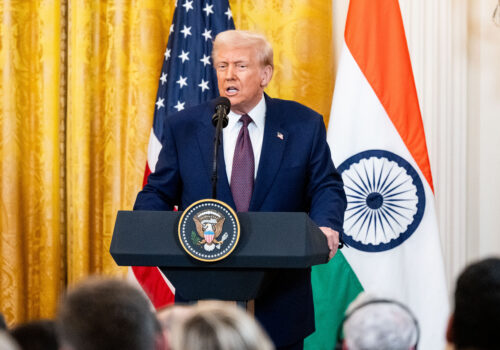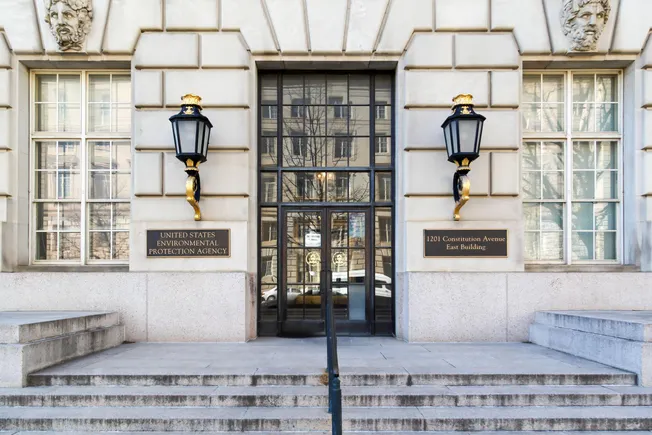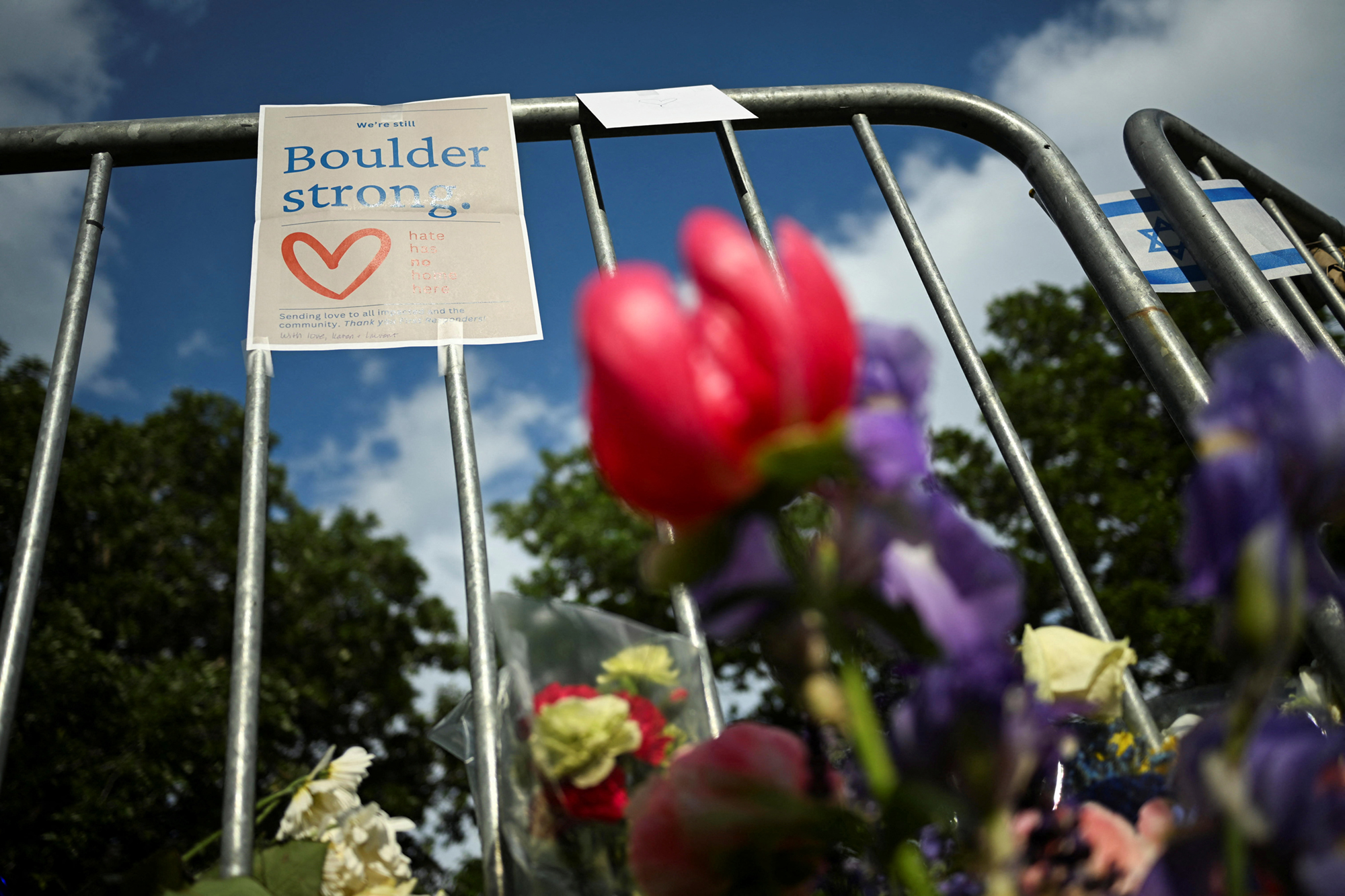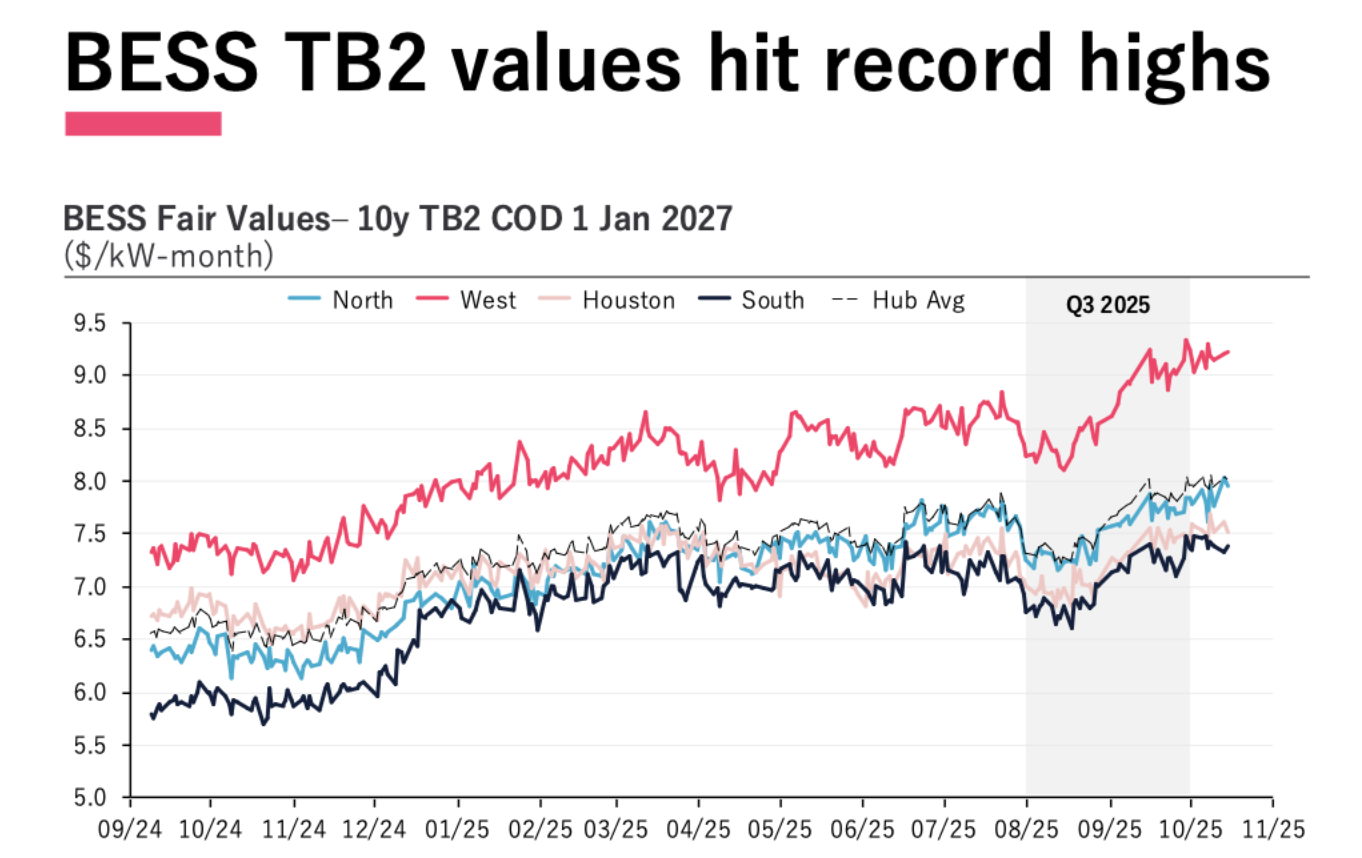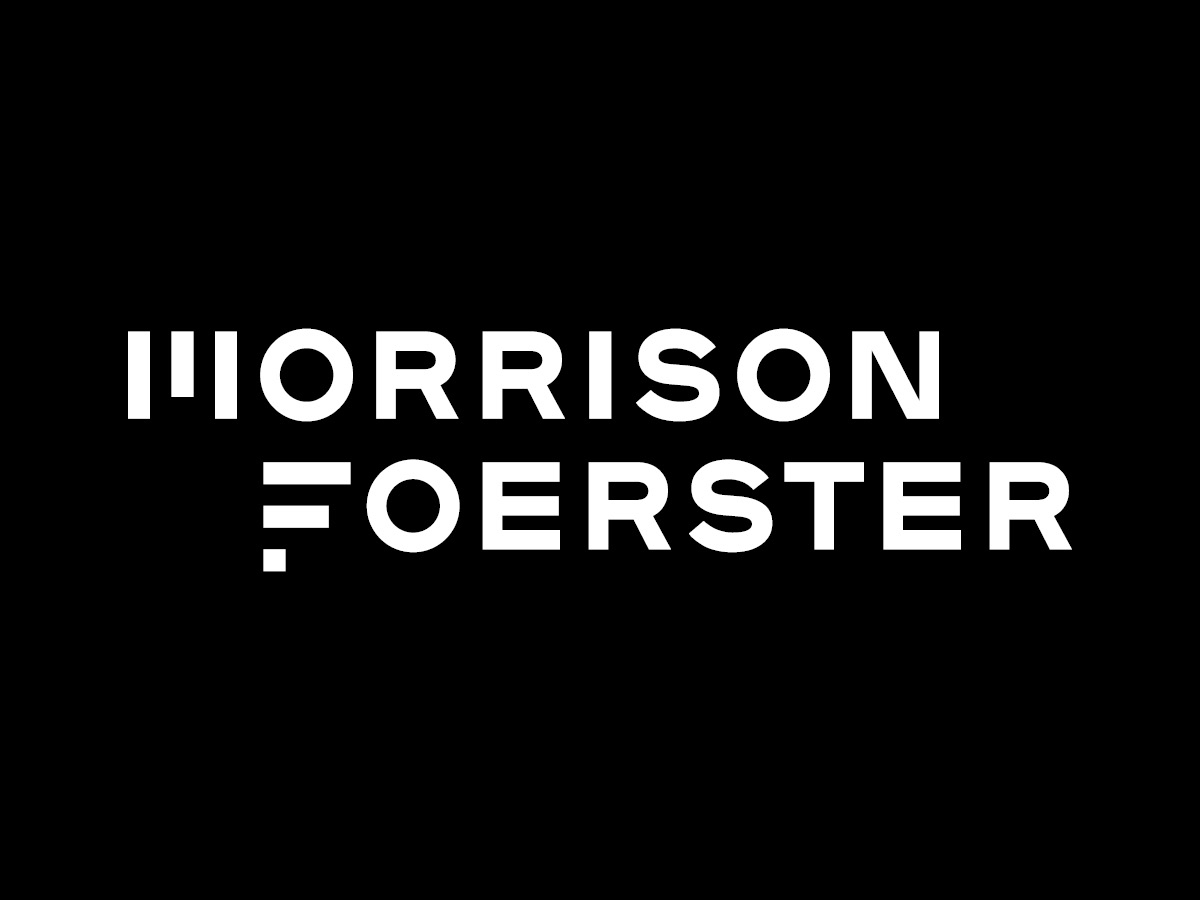In Columbia’s Deal, More Gaslighting (opinion) – Inside Higher Ed

University Settlement with Federal Government: An Analysis of Implications for Academic Freedom and Sustainable Development Goals
Executive Summary
A recent settlement between Columbia University and the U.S. federal government concerning allegations of antisemitism has prompted a critical review of its impact on academic integrity and its alignment with key Sustainable Development Goals (SDGs). The agreement, intended to resolve federal investigations, contains provisions that are reported to compromise institutional autonomy and academic freedom. This report analyzes the settlement’s terms and their broader implications for higher education, particularly in relation to SDG 4 (Quality Education), SDG 10 (Reduced Inequalities), and SDG 16 (Peace, Justice and Strong Institutions).
Analysis of the Settlement Agreement
The agreement was reached following campus protests related to the conflict in Gaza, during which university communications were criticized for frequently omitting terms like “Palestine” or “Gaza.” This pattern continued in the official announcement of the settlement. While the university administration asserted that the agreement protects academic integrity, an examination of the text reveals several clauses that challenge this claim.
Key Provisions and Discrepancies
- Faculty Hiring Mandates: Contrary to public statements that the government would not dictate “who teaches,” Clause 13 of the agreement explicitly requires the university to “appoint new faculty members with joint positions in both the Institute for Israel and Jewish Studies and the departments or fields of economics, political science, or SIPA.” This is seen as a direct governmental influence on hiring priorities and academic investment.
- Programmatic Reviews: Clause 12 stipulates that a Senior Vice Provost will conduct a “thorough review” of several academic centers and programs focused on the Middle East, including the Center for Palestine Studies and the Middle Eastern, South Asian, and African Studies department. The provost is empowered to recommend “necessary changes, academic restructuring, or investments,” raising concerns about the potential for ideologically motivated defunding or restructuring of certain programs.
- Dispute Resolution: The agreement includes a provision for a “mutually agreed upon independent monitor and arbitrator” to act as neutral third parties in future disputes. This is viewed as a crucial measure to prevent direct and potentially arbitrary government intervention in future civil rights investigations.
Impact on SDG 4: Quality Education
The settlement’s terms raise significant concerns regarding the principles of SDG 4 (Quality Education), which emphasizes inclusive, equitable, and lifelong learning opportunities for all. Academic freedom and institutional neutrality are foundational to achieving this goal.
Challenges to Curricular Integrity and Inclusivity
- Compromised Institutional Autonomy: By mandating faculty appointments in specific, ideologically-defined institutes—such as the Institute for Israel and Jewish Studies, which explicitly supports “the State of Israel’s right to exist and to flourish”—the settlement appears to predetermine the ideological viewpoint of new hires. This undermines the university’s autonomy and its ability to foster a diverse and critical academic environment.
- Erosion of Inclusivity: The mandated review of Middle East-focused programs, coupled with investment in a pro-Israel institute, risks creating an academic imbalance. This could marginalize critical perspectives on the region, particularly Palestinian and anti-Zionist scholarship, thereby failing the SDG 4 target of ensuring inclusive learning environments.
- Impact on SDG 10 (Reduced Inequalities): The agreement is perceived as amplifying a particular viewpoint within the university, potentially exacerbating inequalities in academic representation and discourse. This “tilting of an already painfully tilted playing field” runs counter to the objective of SDG 10, which seeks to reduce inequalities of opportunity and outcome.
Implications for SDG 16: Peace, Justice and Strong Institutions
The context and content of the settlement directly engage with the aims of SDG 16 (Peace, Justice and Strong Institutions), which calls for accountable, inclusive, and effective institutions as a foundation for peaceful societies.
Institutional Accountability and the Pursuit of Justice
- Institutional Response to Conflict: The university’s handling of the campus protests and the subsequent settlement is presented as a case study in institutional accountability. The administration’s decision to align with a government narrative that allegedly misrepresents student protests as primarily antisemitic, rather than as a call to end harm against Palestinians, is seen as a failure to foster open dialogue and justice.
- Weaponization of Antisemitism: The report suggests that the federal government’s approach uses antisemitism as a tool for intimidation, creating a “culture of fear” that stifles academic discussion of the Israeli-Palestinian conflict and the ongoing humanitarian crisis, where tens of thousands of civilians, including over 18,000 children, have been killed. This manipulation undermines the pursuit of justice central to SDG 16.
- Strengthening Institutional Mechanisms: While the broader agreement is criticized, the provision for an independent arbitrator is a positive development in line with SDG 16’s call for strong, neutral institutions. This mechanism offers a safeguard against unchecked governmental authority and could serve as a model for other universities facing similar pressures from what is described as an increasingly partisan federal civil service.
However, the strategy of individual institutions negotiating separate deals is viewed as a collectively disastrous approach. It fails to mount a unified challenge to actions that threaten the integrity of all higher education institutions, thereby weakening the sector’s collective strength and its ability to contribute to a just and peaceful society as envisioned by SDG 16.
Which SDGs are addressed or connected to the issues highlighted in the article?
- SDG 4: Quality Education – The article’s core subject is academic freedom, faculty hiring, and curriculum content within a higher education institution (Columbia University).
- SDG 10: Reduced Inequalities – The article discusses the institutional favoring of one viewpoint over another, creating an unequal platform for academic discourse and representation.
- SDG 16: Peace, Justice and Strong Institutions – The article examines the relationship between a university and the government, the use of legal agreements, the principles of justice and institutional autonomy, and the broader context of the war in Gaza.
What specific targets under those SDGs can be identified based on the article’s content?
-
SDG 4: Quality Education
-
Target 4.7: By 2030, ensure that all learners acquire the knowledge and skills needed to promote sustainable development, including, among others, through education for sustainable development and sustainable lifestyles, human rights, gender equality, promotion of a culture of peace and non-violence, global citizenship and appreciation of cultural diversity and of culture’s contribution to sustainable development.
Explanation: The article centers on the university’s role in fostering debate on critical global issues, specifically the Israeli-Palestinian conflict. The author argues that the settlement compromises academic freedom, which is essential for promoting a “culture of peace and non-violence” and “global citizenship.” The debate over the curriculum of the “Institute for Israel and Jewish Studies” versus the “Center for Palestine Studies” directly relates to the “appreciation of cultural diversity” and the ability of students to acquire comprehensive knowledge on the subject.
-
Target 4.7: By 2030, ensure that all learners acquire the knowledge and skills needed to promote sustainable development, including, among others, through education for sustainable development and sustainable lifestyles, human rights, gender equality, promotion of a culture of peace and non-violence, global citizenship and appreciation of cultural diversity and of culture’s contribution to sustainable development.
-
SDG 10: Reduced Inequalities
-
Target 10.3: Ensure equal opportunity and reduce inequalities of outcome, including by eliminating discriminatory laws, policies and practices and promoting appropriate legislation, policies and action in this regard.
Explanation: The author argues that the settlement agreement is a policy that creates an inequality of outcome. It mandates investment and new faculty hires for the “Institute for Israel and Jewish Studies,” which supports a specific viewpoint. Meanwhile, other programs like the “Center for Palestine Studies” are put under review for “necessary changes, academic restructuring, or investments.” The author describes this as an “intentional tilting of an already painfully tilted playing field,” which actively reduces equal opportunity for different academic perspectives to be represented and to flourish.
-
Target 10.3: Ensure equal opportunity and reduce inequalities of outcome, including by eliminating discriminatory laws, policies and practices and promoting appropriate legislation, policies and action in this regard.
-
SDG 16: Peace, Justice and Strong Institutions
-
Target 16.1: Significantly reduce all forms of violence and related death rates everywhere.
Explanation: The article explicitly frames the campus debates and institutional compromises against the backdrop of the war in Gaza. It provides specific figures to highlight the human cost of the conflict, stating it is “for the 60,000 people and counting who are now dead—18,500 of them children.” This directly connects the local university issue to the global goal of reducing violence and death.
-
Target 16.3: Promote the rule of law at the national and international levels and ensure equal access to justice for all.
Explanation: The article discusses the legal settlement between Columbia and the federal government. It critiques the government’s tactics and praises the one “wise” provision Columbia negotiated: “a robust dispute resolution process that includes a mutually agreed upon independent monitor and arbitrator as neutral third parties.” This provision is a direct mechanism to ensure a fairer process and rule of law, rather than “ceding authority to the government or a court.”
-
Target 16.10: Ensure public access to information and protect fundamental freedoms, in accordance with national legislation and international agreements.
Explanation: The central theme of the article is the erosion of “academic freedom,” which the author considers a fundamental freedom. The author argues that the settlement, despite claims to the contrary, undermines this freedom by dictating faculty hiring in specific ideological directions and creating a “culture of fear that makes us scared to use our voices as professors to name and discuss a genocide.” The entire piece is a defense of this freedom against government pressure and institutional capitulation.
-
Target 16.1: Significantly reduce all forms of violence and related death rates everywhere.
Are there any indicators mentioned or implied in the article that can be used to measure progress towards the identified targets?
-
SDG 4: Quality Education
- Implied Indicator for Target 4.7: Institutional policies on curriculum and faculty hiring that are free from ideological dictation. The article points to a negative indicator: the settlement’s clause “13,” which mandates that “Columbia shall… appoint new faculty members with joint positions in both the Institute for Israel and Jewish Studies and the departments or fields of economics, political science, or SIPA.” Progress would be the absence of such externally imposed mandates.
-
SDG 10: Reduced Inequalities
- Implied Indicator for Target 10.3: Equitable distribution of institutional resources and appointments across related but differing fields of study. The article implies an indicator of inequality is the mandated investment in the “Institute for Israel and Jewish Studies” while simultaneously subjecting the “Center for Palestine Studies” and other Middle East programs to a review for “academic restructuring.”
-
SDG 16: Peace, Justice and Strong Institutions
- Direct Indicator for Target 16.1: Number of conflict-related deaths. The article explicitly provides this data: “60,000 people and counting who are now dead—18,500 of them children.”
- Implied Indicator for Target 16.3: Existence of independent, third-party arbitration mechanisms in agreements between public/private institutions and the government. The article highlights the inclusion of a “mutually agreed upon independent monitor and arbitrator” as a positive measure of ensuring justice.
- Implied Indicator for Target 16.10: Protection of academic freedom within higher education institutions. The article suggests that a negative indicator is the creation of a “culture of fear” that prevents professors from openly discussing controversial topics, which shows a decline in the protection of this fundamental freedom.
Table of SDGs, Targets, and Indicators
| SDGs | Targets | Indicators Identified in the Article |
|---|---|---|
| SDG 4: Quality Education | 4.7: Ensure learners acquire knowledge and skills for promoting peace, human rights, and global citizenship. | (Implied) Degree of institutional autonomy in faculty hiring and curriculum development, free from external ideological mandates. |
| SDG 10: Reduced Inequalities | 10.3: Ensure equal opportunity and reduce inequalities of outcome by eliminating discriminatory policies. | (Implied) Equitable allocation of resources and appointments between academic programs with differing viewpoints (e.g., Israel Studies vs. Palestine Studies). |
| SDG 16: Peace, Justice and Strong Institutions | 16.1: Significantly reduce all forms of violence and related death rates. | (Direct) Number of deaths in the Gaza conflict (“60,000 people and counting… 18,500 of them children”). |
| 16.3: Promote the rule of law and ensure equal access to justice. | (Implied) The inclusion of independent, neutral third-party arbitrators in dispute resolution processes between institutions and government. | |
| 16.10: Ensure public access to information and protect fundamental freedoms. | (Implied) The state of academic freedom, measured by the ability of faculty to teach and speak on controversial issues without fear of reprisal. |
Source: insidehighered.com

What is Your Reaction?
 Like
0
Like
0
 Dislike
0
Dislike
0
 Love
0
Love
0
 Funny
0
Funny
0
 Angry
0
Angry
0
 Sad
0
Sad
0
 Wow
0
Wow
0















